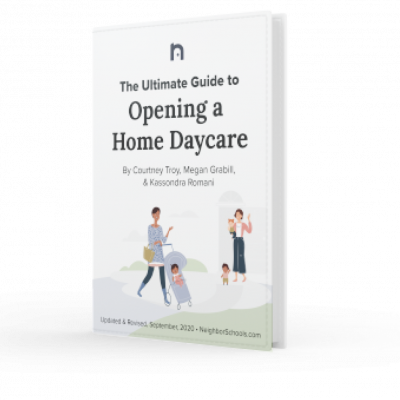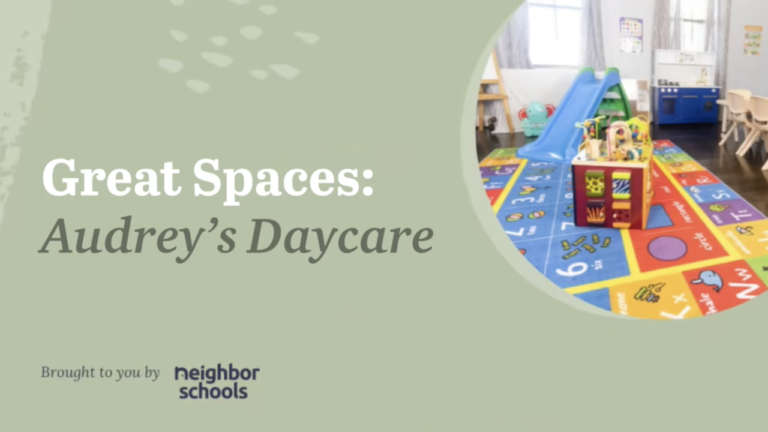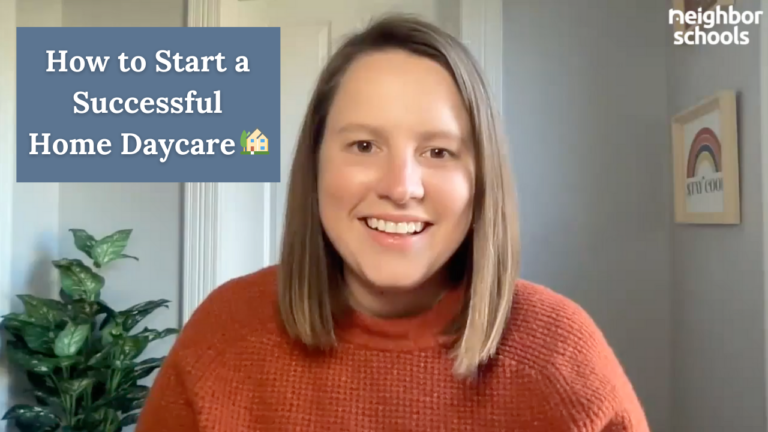Opening a home daycare is a great career choice, one that lets you work with kids while earning real money and being your own boss.
But you might be wondering if your house meets the requirements to start a daycare program. The good news: A licensed home daycare can be in almost any living space, whether it’s an apartment, condo, single-family home, or anything in between.
What if I rent?
As a renter, you can operate a home daycare business as long as you get permission from your landlord first.
Most landlords don’t know much about home daycare, so it might take some convincing. Usually, they’re worried about liability and damage to their property. But you can help them feel more comfortable with the idea by explaining a couple things. First, tell them that your daycare will be licensed by the state and follow strict regulations. You can also tell them that you’ll be covered by a special type of liability insurance for home daycares (it’s required).
We find that many landlords are willing to say yes when they better understand how home daycare works. But every situation is different, so we’re here to help. You can contact one of our daycare specialists anytime to get advice on your situation.
How much space is required for a home daycare?
If your home isn’t huge, don’t worry. Small spaces can work great—sometimes they just require a little more creativity.
For example, many providers have some space in their home that’s just for the daycare and other areas that are for both the daycare and their family.
If you have a spare bedroom or a dining room that you rarely use, that could become your primary daycare space. It’s where you’ll keep all the toys and materials for your program. During the day, you might also use your living room for certain types of activities like dance time or pretend play, or for naptime.
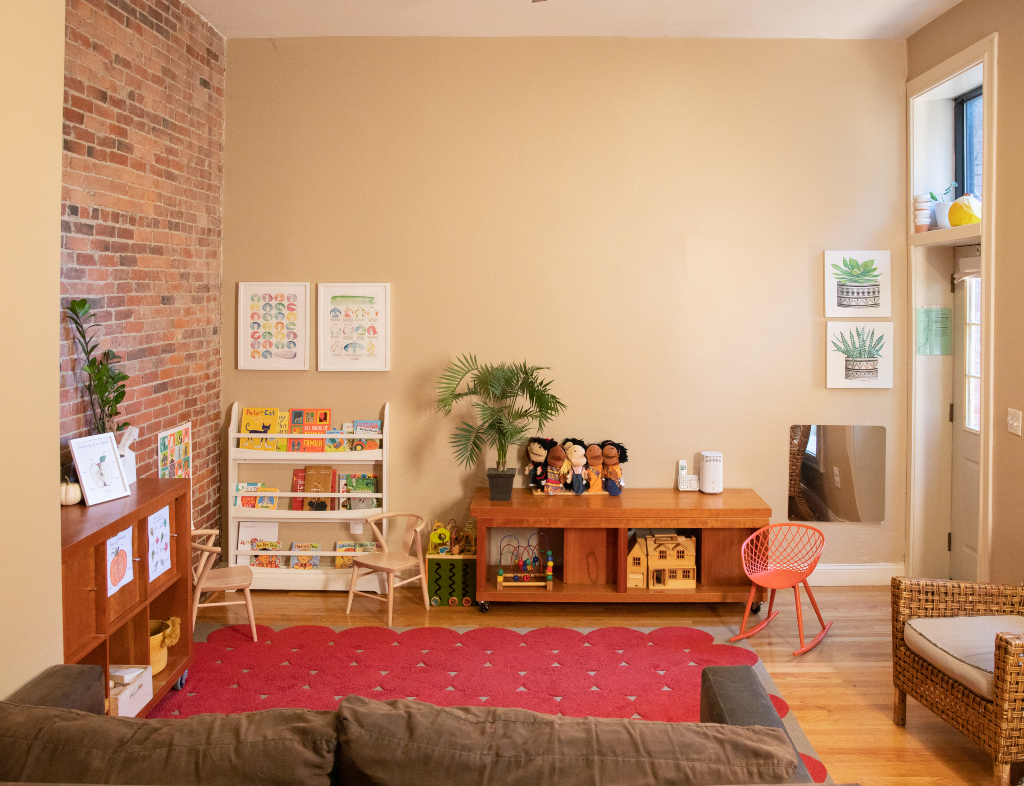
But, how small is too small when it comes to a home daycare? A good rule of thumb is to have at least 300 square feet that can be included in the licensed area. Remember, you’ll be applying for a license for your space, not just for you as the caregiver.
Some states have specific requirements, too. In Massachusetts, you’ll need at least 225 square-feet for your daycare. On the other hand, New York’s home daycare regulations don’t include a size requirement, so it’s up to the licensor.
To learn what’s required in your state, download our guide to opening a home daycare. You’ll get a special copy based on where you live.
What needs to be included in my daycare space?
The heart of your daycare will be your learning and play area. You’ll also need space for mealtime and naptime. One large area can work well for all of these activities, as long as there’s room for the equipment needed. Infants require high chairs for mealtime and an individual pack-and-play for naptime. Older children each need their own cot or mat to rest on.
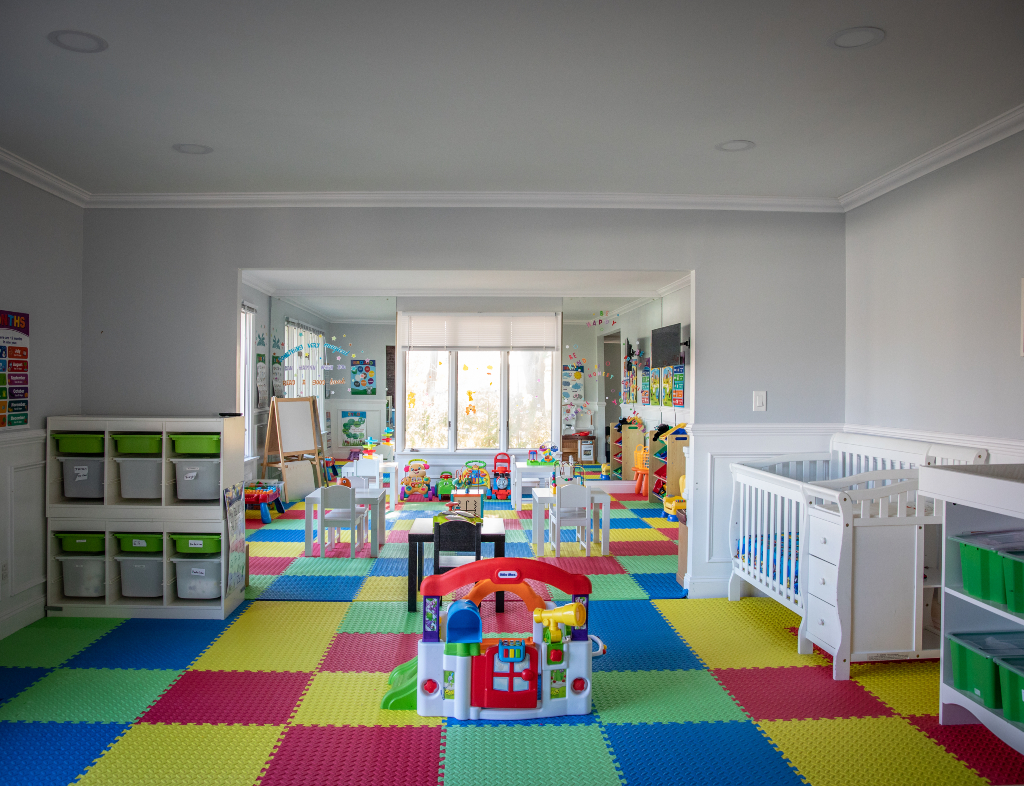
A couple other things to keep in mind when choosing and designing your daycare space: Your program needs a bathroom, though it doesn’t have to be exclusive to the daycare. And for safety reasons, you’ll need two exits.
Overall, there are lots of ways to maximize your space to create a warm and engaging environment for little ones. Seeing how other providers have organized their home daycare can help spark the inspiration you need to envision yours.
Home Daycare Requirements: Do I Need a Backyard?
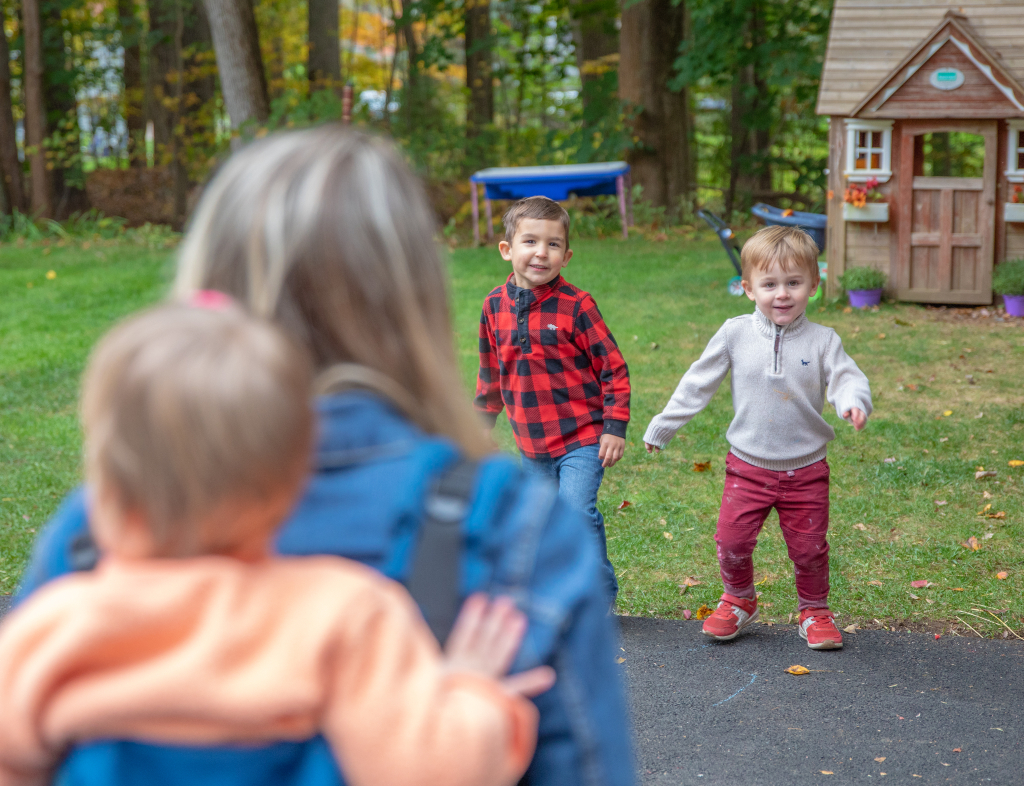
Everyone would love to have a full-sized backyard with a lush lawn and jungle-gym, right? If you’re in the suburbs and have your own outdoor space, that’s great. If you’re in a more urban area and don’t, that’s fine too. You’ll just need to have a child-friendly public park within a short walk of your home.
And even if you have your own outdoor space, a public park is a great option, especially when you’re starting out. The regulations on outdoor space can be really strict, so it’s not always easy to know what type of structures and toys to buy. Plus, you may be required to fence in your outdoor area, adding to your start-up costs.

